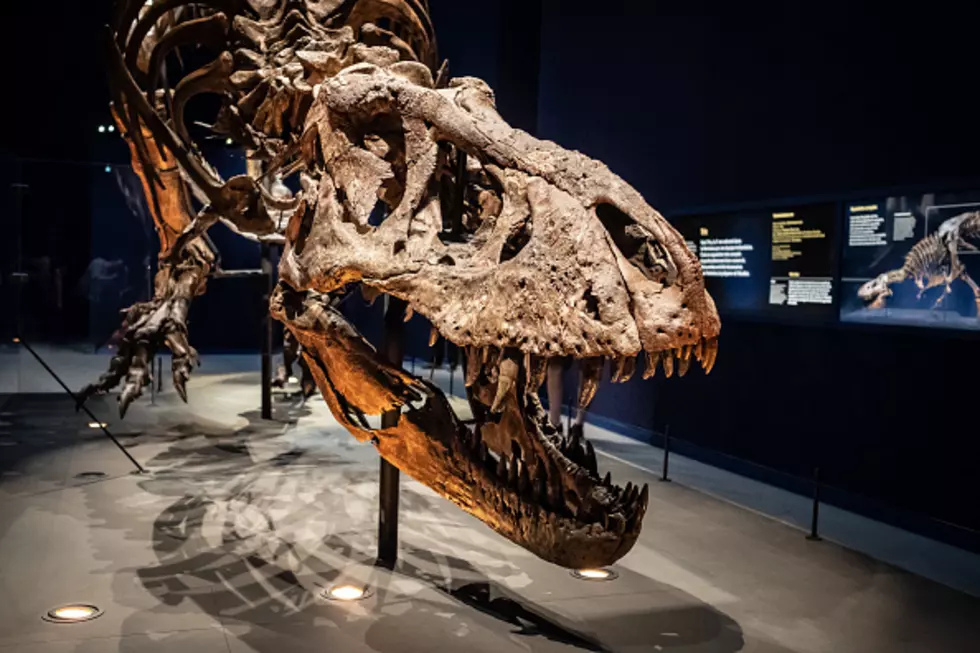
Montana measure aims to clarify ownership rights of fossils
A legal challenge over the ownership of valuable dinosaur fossils unearthed on an eastern Montana ranch has prompted legislation seeking to clarify that fossils are part of a property's surface rights, not its mineral rights.
Supporters told the state House Natural Resources Committee on Wednesday that federal agencies and state lands policies differentiate between minerals and fossils — and it's time state law followed suit.
A three-judge panel of the 9th U.S. Circuit Court of Appeals ruled in November that the fossils of two dinosaurs that appeared to have been locked in battle when they died are made up of minerals and are part of the property's mineral estate, which is partially owned by brothers Jerry and Bo Severson.
Mary Ann and Lige Murray, who own the surface rights and a small portion of the mineral rights, are asking for a full panel of the appeals court to hear the case or send it to the Montana Supreme Court for a decision on the ownership of the "Dueling Dinosaurs" — the fossilized remains of the 22-foot-long (7-meter-long) theropod and a 28-foot-long (9-meter-long) ceratopsian.
The Murrays spoke in favor of the bill sponsored by Rep. Brad Hamlett, D-Cascade.
"This legislation may not affect our case, but this legislation will help all of those other landowners in Montana who have sold fossils and could now be sued by the mineral rights owners," Mary Ann Murray said.
Other eastern Montana landowners, paleontologists, museum directors and real estate brokers testified in favor of the bill, saying claims by mineral-rights holders could jeopardize previous sales and future scientific research.
The Seversons urged the committee to reject the bill.
Attorney Shane Swindle said ownership of the fossils became a legal issue when the Murrays sought to sell the fossil. He said would-be buyers wanted to make sure the surface and mineral owners both agreed to the transaction "because the law was insufficient."
A federal judge in Montana found the fossils belonged to the surface estate.
"The composition of minerals found in the fossils does not make them valuable or worthless," U.S. District Judge Susan Watters of Billings wrote. "Instead the value turns on characteristics other than mineral composition, such as the completeness of the specimen, the species of dinosaur and how well it is preserved."
The Seversons appealed to the 9th Circuit.
"We see (in the 9th Circuit ruling) that there's been a misstatement of what we believe Montana law is and what private property rights are, what surface rights are and what mineral rights are and we want it clarified or we'll be in court forever," Hamlett, the bill's sponsor, said Tuesday.
The Dueling Dinosaurs were put up for auction in New York in November 2013, but bidding topped out at $5.5 million, less than the $6 million reserve price. Other valuable fossils have been found on the Murrays' ranchland.
More From 103.7 The Hawk









